APC Back-UPS BN575G Manual
| Mærke: | APC |
| Kategori: | UPS |
| Model: | Back-UPS BN575G |
Har du brug for hjælp?
Hvis du har brug for hjælp til APC Back-UPS BN575G stil et spørgsmål nedenfor, og andre brugere vil svare dig
UPS APC Manualer
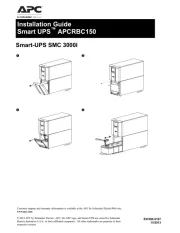
2 April 2025
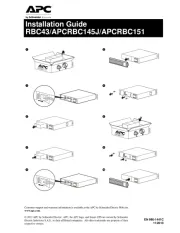
2 April 2025
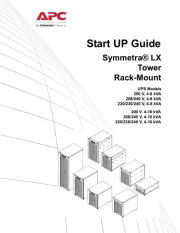
30 Marts 2025
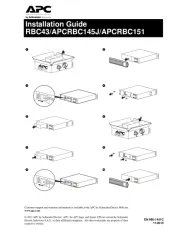
29 Marts 2025
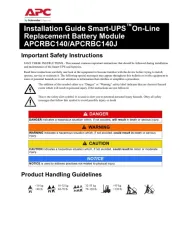
29 Marts 2025
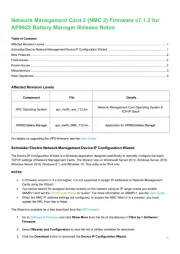
29 Marts 2025
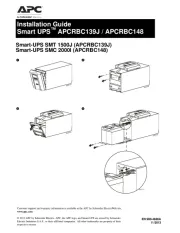
29 Marts 2025
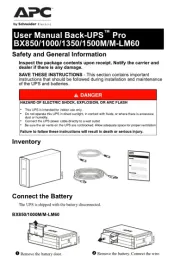
30 Januar 2025
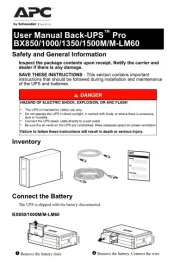
30 Januar 2025

14 Januar 2025
UPS Manualer
- Digitus
- Bxterra
- Emerson
- Minute Man
- Avocent
- Online USV
- AEG
- V7
- Voltcraft
- Phoenix Contact
- LC-Power
- Vanson
- Lenovo
- HP
- LevelOne
Nyeste UPS Manualer

30 Januar 2025

9 Januar 2025

31 December 2025

31 December 2025

30 December 2025
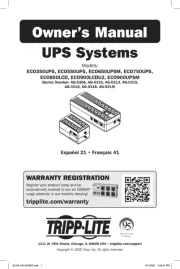
30 December 2025
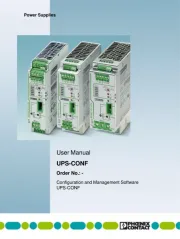
28 December 2024
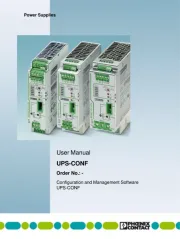
28 December 2024
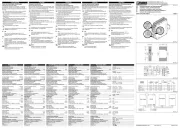
28 December 2024
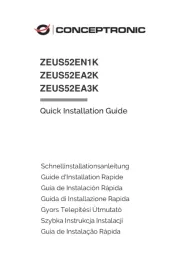
14 December 2024
